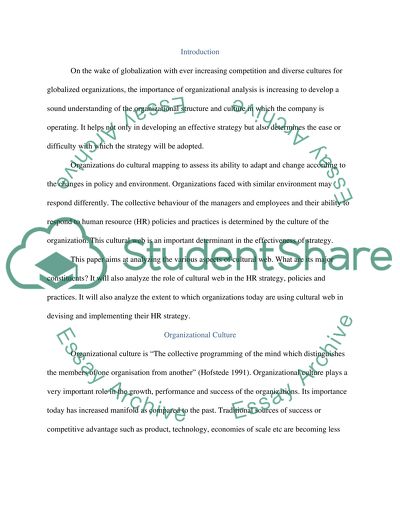Cite this document
(“The Importance of Cultural Web to HR Strategy Research Proposal - 1”, n.d.)
The Importance of Cultural Web to HR Strategy Research Proposal - 1. Retrieved from https://studentshare.org/information-technology/1576895-hrm-essay
The Importance of Cultural Web to HR Strategy Research Proposal - 1. Retrieved from https://studentshare.org/information-technology/1576895-hrm-essay
(The Importance of Cultural Web to HR Strategy Research Proposal - 1)
The Importance of Cultural Web to HR Strategy Research Proposal - 1. https://studentshare.org/information-technology/1576895-hrm-essay.
The Importance of Cultural Web to HR Strategy Research Proposal - 1. https://studentshare.org/information-technology/1576895-hrm-essay.
“The Importance of Cultural Web to HR Strategy Research Proposal - 1”, n.d. https://studentshare.org/information-technology/1576895-hrm-essay.


